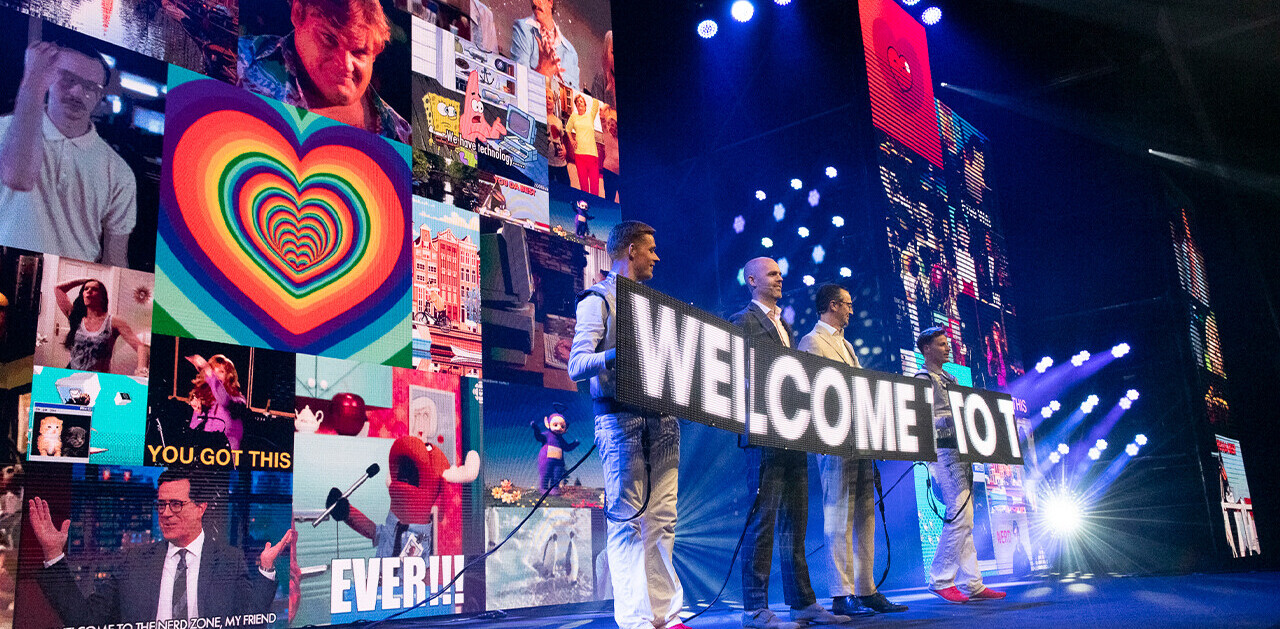
In marketing circles it is well understood that the foreseeable future of customer engagement is content. The public is wary of advertising, particularly younger generations. In your face advertising has lost its appeal—evident in the declining effectiveness of banner ads and TV commercials. Today banner ads achieve only a .06 percent click through rate.
But content is less salesy. By presenting interesting information or entertainment, a brand can put its name behind something that customers enjoy. Better still, they can put themselves right in the middle of a good story.
In response to this trend among consumers, companies have doubled down on blogs, webinars, podcasts, and other forms of content. But they have also looked to place their content in front of consumers through advertising—native advertising.
“People seek to ignore advertisements,” Molly Pitman writes for Digital Marketer. “We know that. It’s been proven again and again by eye-tracking studies and it’s been painfully obvious to digital marketers that monitor click through rates. But there’s good news for those in the know. Native ads don’t get ignored like traditional ads… because they don’t look like ads.”
Several years ago, after the rise of content marketing, technology opened up the door for native advertising. These are sponsored articles that can be placed on prominent media sites that blend in with the rest of the content. When executed well, the consumer is only passively aware the article was placed by a company and if there is a call to action, it is packaged just like everything else on the site.
But this is the age of artificial intelligence, neural networks, and deep learning. In other words, that can’t be all, right?
“Not every consumer is interested in the same content,” explains Vitaly Pecherskiy, a thought leader in marketing technology and the COO of StackAdapt. “But you can mine online data to understand an individual consumer’s behavior patterns, which will indicate what kind of content, also called ‘creative’ in the marketing world, they want to see. This allows us to introduce a potential customer to a brand in a completely seamless way.”
Native advertising services have existed for some time that allow a company’s marketing team to select which creative they want to put on different channels. What artificial intelligence and deep learning can do is automate that decision making process and customize it all the way down to individual consumers, not just demographics.
An outdoor apparel brand might reasonably assume that placing a native ad on the Outdoor Magazine website would be a good idea. But with AI, they can have creative targeted toward women who are interested in skiing, men who are crazy about fly fishing, or teenagers who care about cheap hiking gear. Each of those consumers will automatically see different creative as they browse the magazine’s site.
“From the very first click all the way to the final purchase has to seem fluid,” says Pecherskiy. “Good marketing will make that entire sequence seem like an idea the customer had, not like a commercial. Targeted native ads facilitate that journey.”
Marketing platforms are pioneering all kinds of new bells and whistles—omni-channel, audience-of-one, fully automated—and companies are benefiting from the explosion of options. The technology that survives this round and makes it to the next will pack a dual punch. They must have more than one trick up their sleeve. Targeted native advertising is a promising contender for that reason, and marketing professionals should pay attention.
Get the TNW newsletter
Get the most important tech news in your inbox each week.




